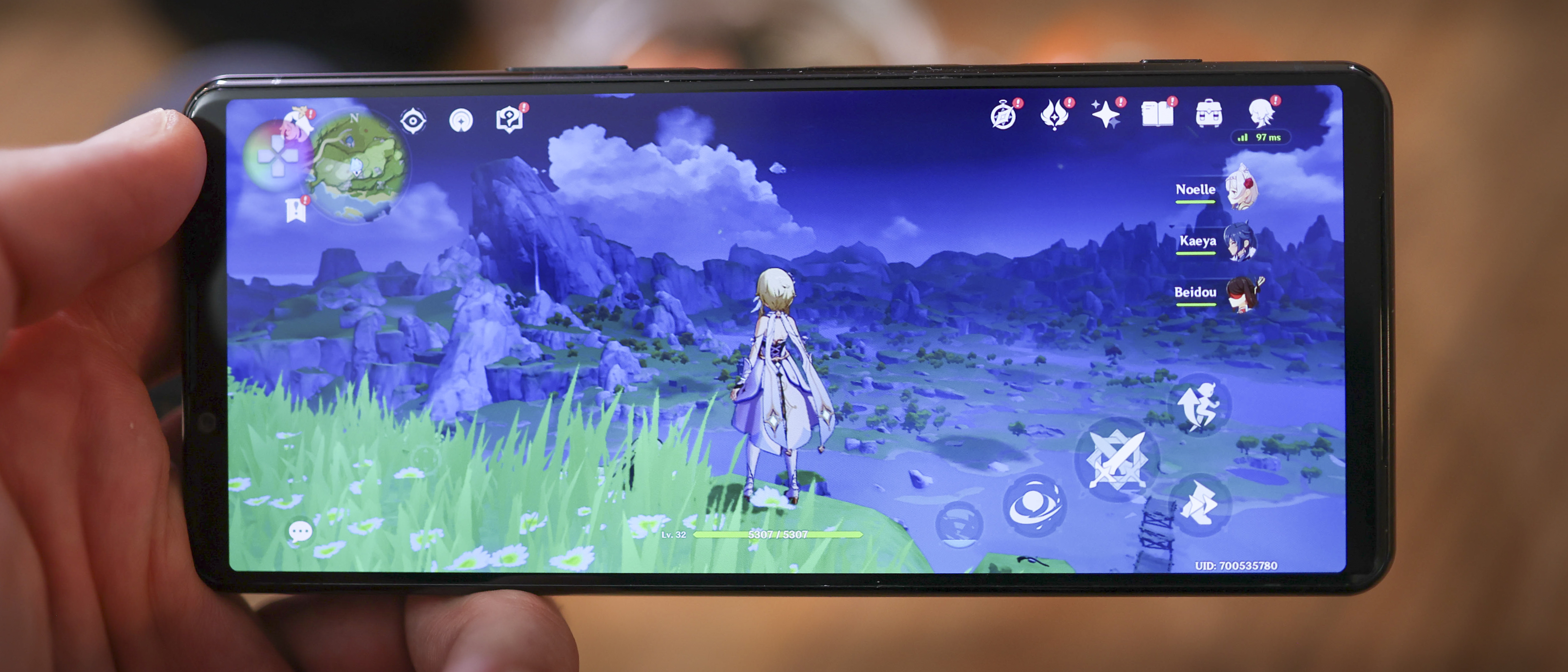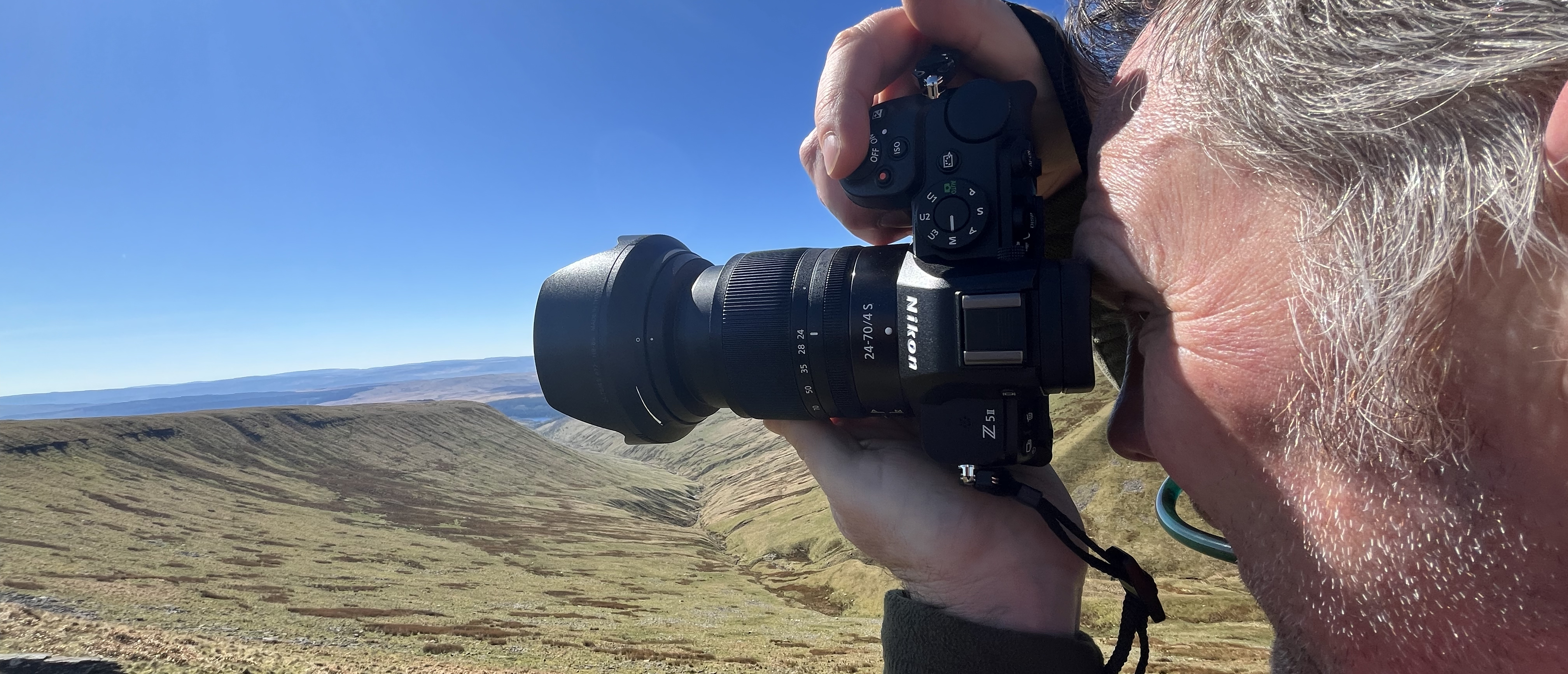Digital Camera World Verdict
Sony photography fans will appreciate its software, with many of the Alpha experiences found on the Xperia Pro-I onboard too. Matched with the phone’s natural image processing just in a more compact form, while it isn’t perfect – the screen could be brighter, the low light computational photography is weak, and there’s no wireless charging – the Xperia 5 III still balances looks, pocketability and features exceptionally well.
Pros
- +
Prosumer Sony camera UI
- +
Super compact size
- +
Four optical focal lengths
Cons
- -
Screen could be brighter
- -
Gets hot when gaming or tethering
- -
No wireless charging
Why you can trust Digital Camera World
While the flagship Sony Xperia 1 series has long been the 'cram-in-all-the-features' smartphone for Sony, the Xperia 5 series somehow squeezes (almost) everything that the 1 packs into a smaller chassis – and that’s exactly what the Xperia 5 III does.
Out of the gate, this probably won’t be best camera phone we’ve used. After all, we’ve already seen the camera setup on the Xperia 1 III, and it falls short of the iPhone 13 Pro and Pixel 6 in automatic mode. However, what it also does is offer more manual controls over photography and video capture than any other smartphone maker.
The compact Xperia 5 III brings back Sony’s most powerful telephoto camera system to date, with its variable 2.9-4.4x equivalent optical zoom, beating out even the Xperia Pro-I when it comes to reach. And with top-shelf specs, including its 6.1-inch, 21:9 OLED display, stereo speakers, a headphone jack and Snapdragon 888 internals, it could also scratch an audiophile or gamer’s itch too.
While the storage has been stripped back to 128GB (half that of the Xperia 1 III), and there’s 8GB RAM instead of 12GB, costing $999 / £899 – significantly less, the Xperia 5 III could be a less expensive way of getting some of Sony’s finest imaging tech without breaking the bank too much.
See also: Best Sony phones
Design and screen
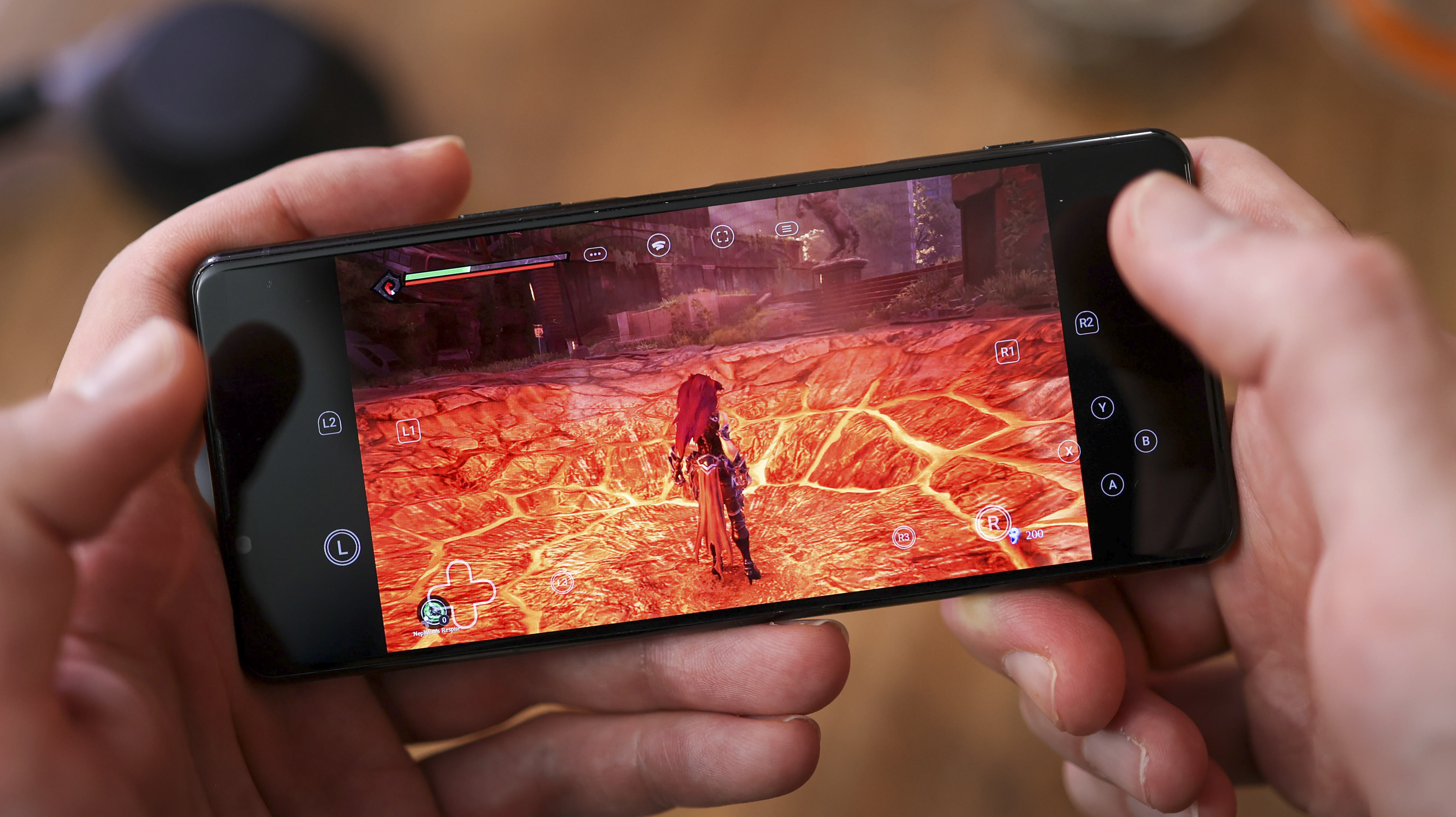
More of a design evolution of the Xperia 5 II than a new phone, the Xperia 5 III looks virtually identical to its predecessor, with a classical, polished, flat back and front design.
Measuring 8.2mm thin and a very narrow 68mm wide, it’s one of the sleekest phones to sport a headphone jack we’ve ever used. There’s also a USB-C port at the base, and no less than four buttons on the right — a volume rocker, power button (which doubles up as a fingerprint scanner, a Google Assistant button, and a camera shutter release.
With a Gorilla Glass 6 front and back, matched with an aluminum frame and IP68 dust and water resistance, the phone is well protected, even if it does miss out on the Gorilla Glass Victus of the Xperia 1 III. As for colors you can pick it up in black, pink and green.
Combining a 6.1 inch display size and a wide FullHD resolution (1080 x 2520), the tall, 21:9 Sony Xperia 5 III display is sharp, with a pixel density of 449 pixels per inch – similar to the iPhone 13 Pro Max.
The 10-bit OLED screen also has a refresh rate of up to 120Hz (though this is deactivated by default), so looks super-smooth. HDR BT.2020 is also supported, delivering realistic colors and plenty of customization over its white balance and color profiles.
With its tall shape, the Xperia 5 III’s 6.1-inch screen will be a bit small and long for anyone after a big-screened watching experience, however, if you’re on the market for a high-quality, sleek smartphone and don’t mind letterboxing on YouTube, Sony’s compact option doesn’t disappoint – and 21:9 films look sensational on it.
Sony Xperia 5 III: Cameras
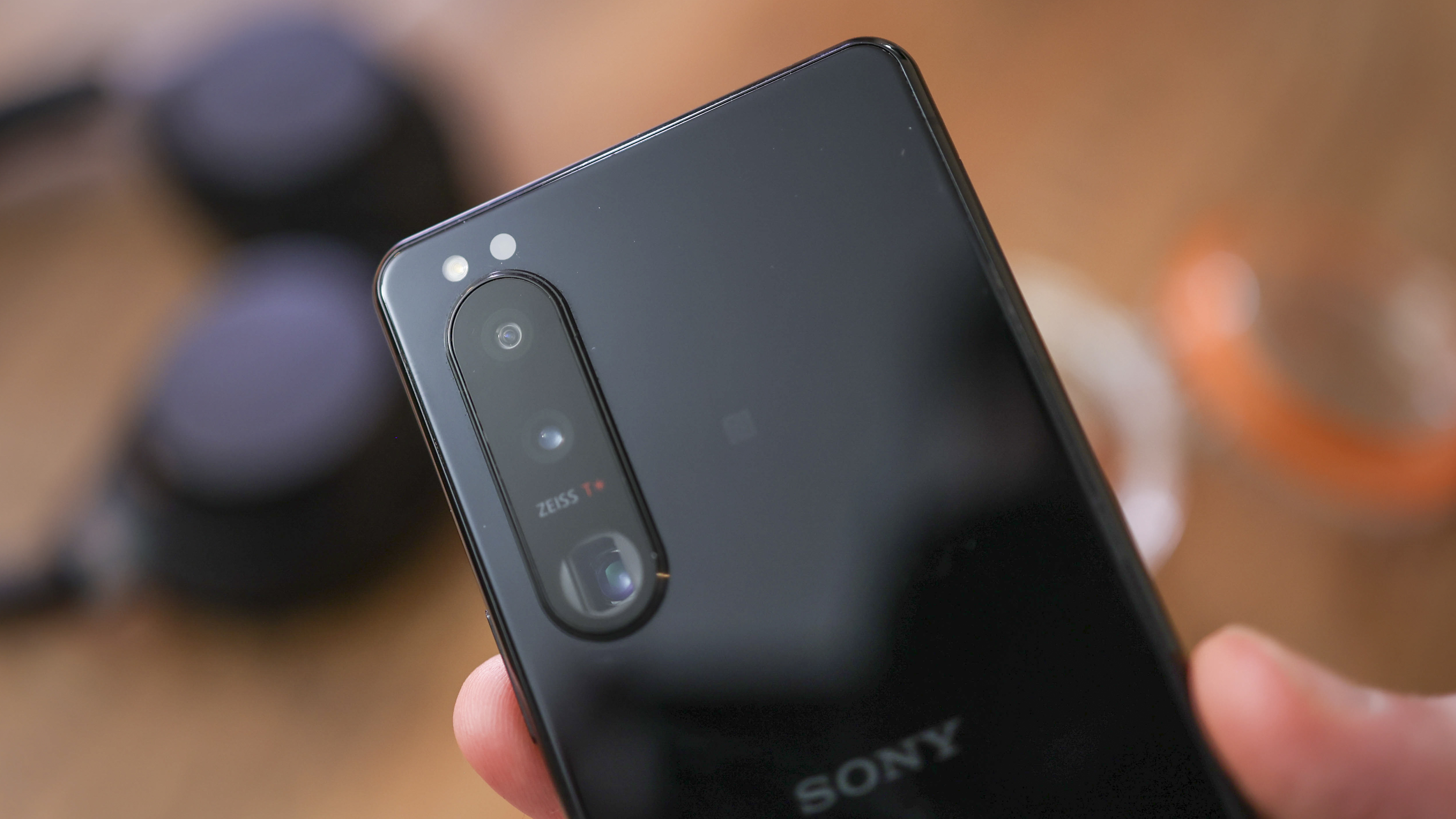
The Xperia 5 III’s triple camera set up features Zeiss optics with a T* lens coating, while its main camera module featuring a 12MP sensor matched with an f/1.7 aperture, 24mm lens. The phone brings back the same 1/1.7-inch sensor size as the Xperia 5 II, and in turn, the same, 1.8µm pixels. While there’s a bit of deja vu from a hardware point of view, nevertheless, with its Dual Pixel PDAF and OIS, it’s well specced.
With one 12 MP periscope zoom camera delivering two focal lengths, the Xperia 5 III’s telephoto system starts at 70mm equivalent with an f/2.3 aperture, while at 105mm equivalent, the aperture climbs to f/2.8. What doesn’t change is the 1/2.9-inch sensor, Dual Pixel PDAF and OIS.
As for the Xperia 5 III’s ultrawide camera, it’s also a native 12MP resolution sensor, however features an f/2.2 aperture with a 124˚ field of view, which works out to a 16mm equivalent focal length. The 1/2.6-inch sensor is matched with Dual Pixel PDAF. v
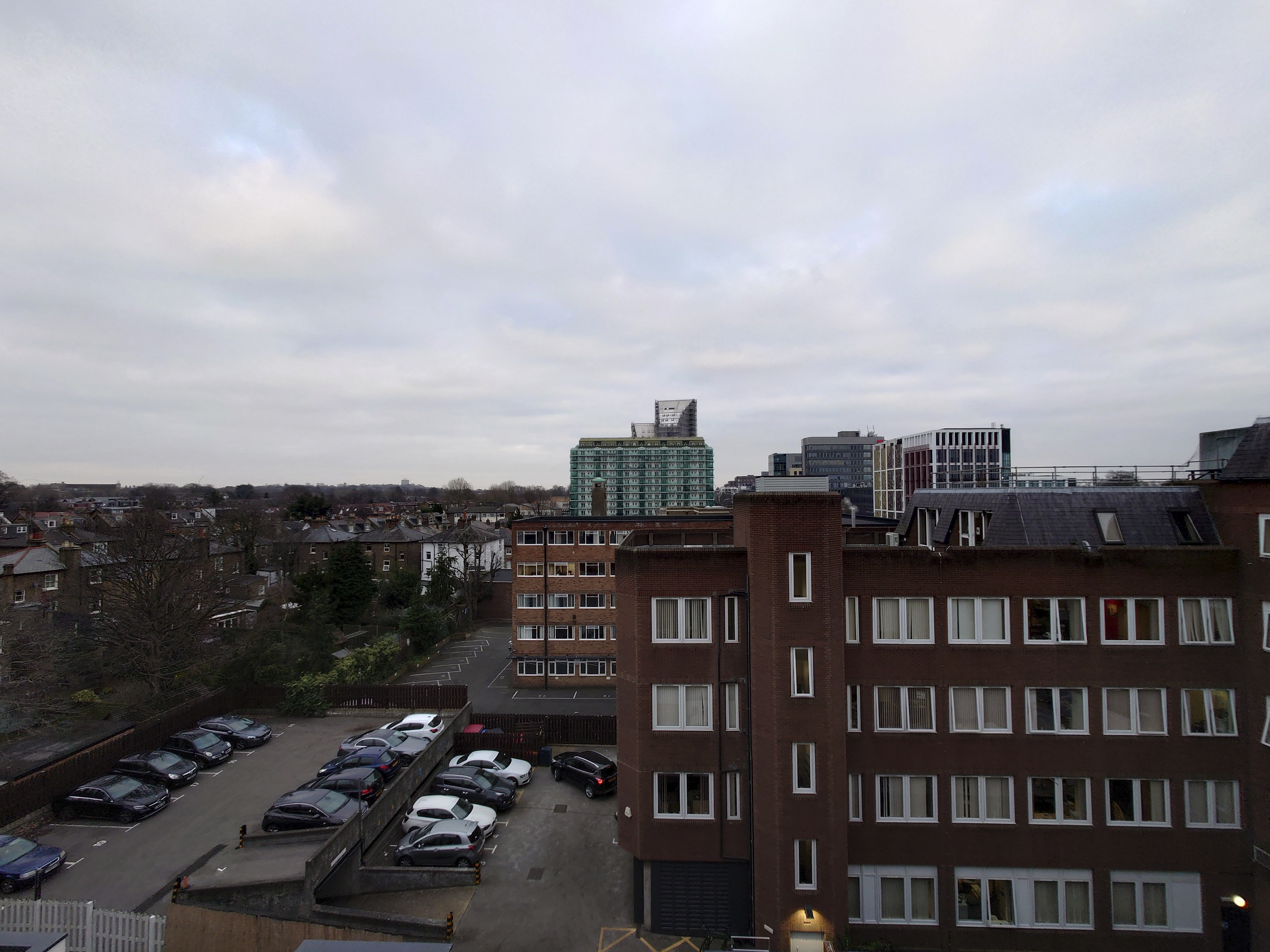
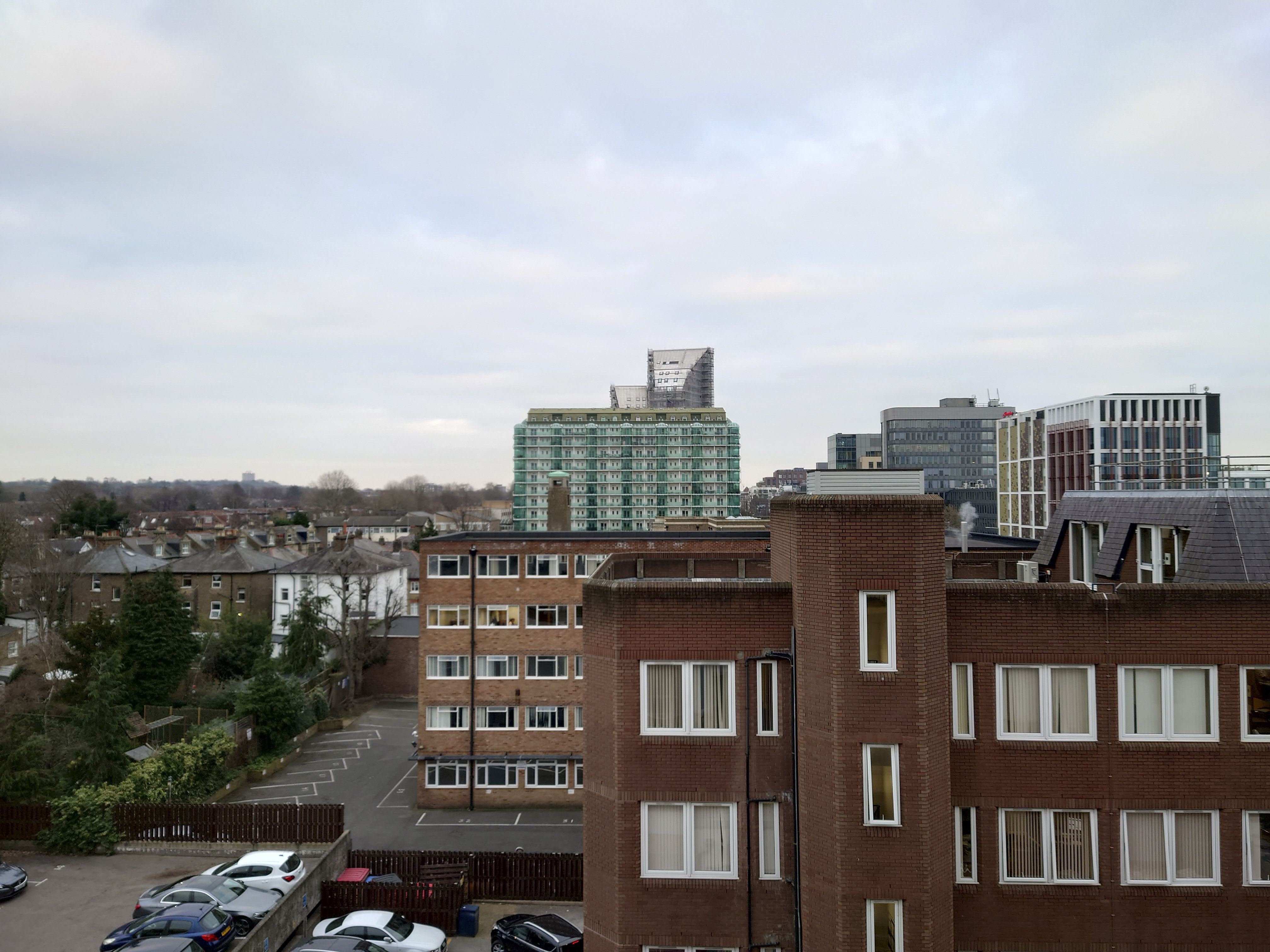

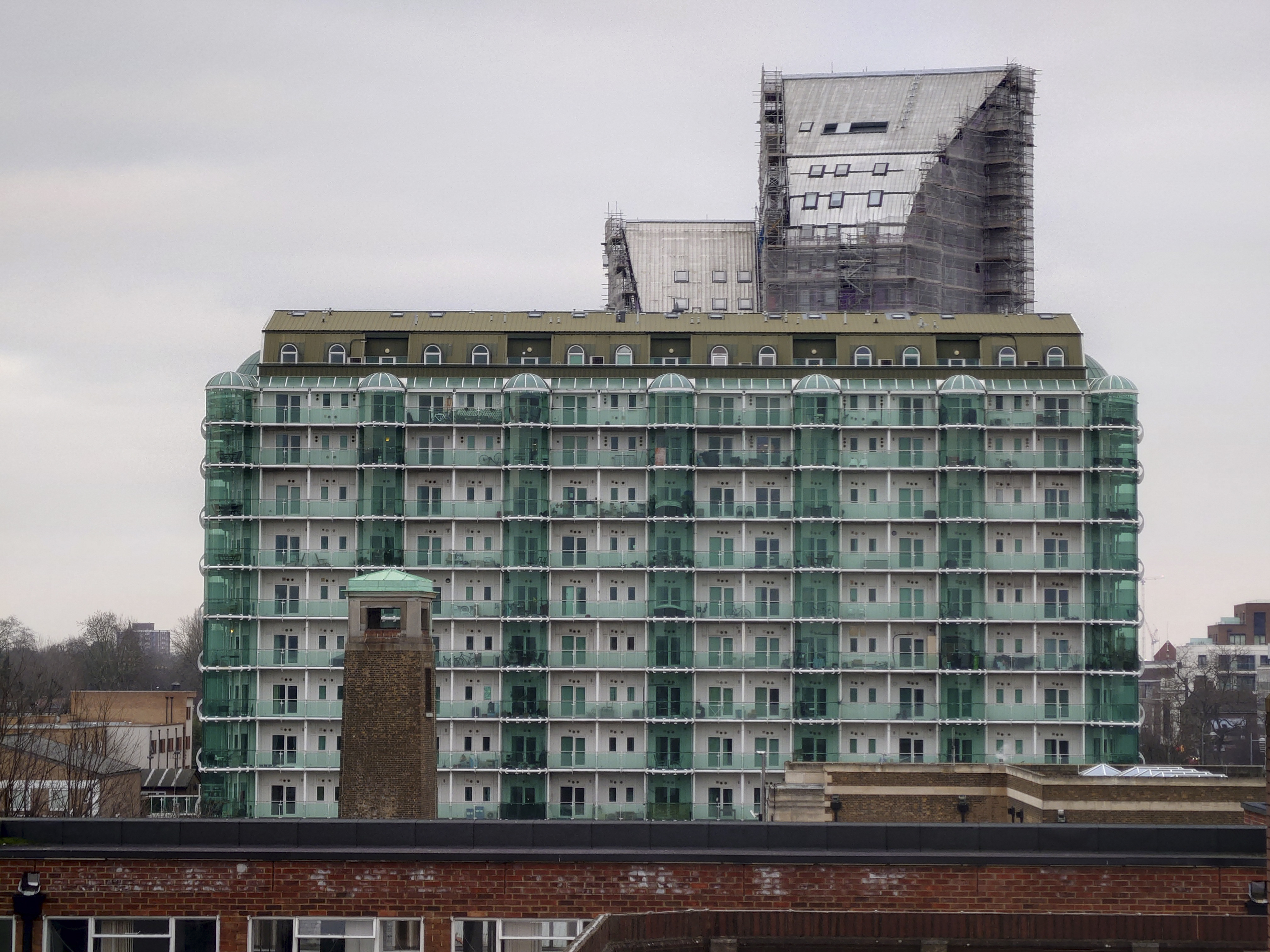
Sony once again opts for an 8MP front camera with no 4K video capture – just traditional 1080p.
The default camera UI is Sony’s Photo Pro camera app. It might be a bit complicated for some, but defaults into the new Basic mode which is like opening up the camera app on virtually any other phone.
Auto mode gives the interface a Sony Alpha makeover, and removes the on-screen shutter button in favor of the physical shutter release. The phone also carries forward Sony’s Programme auto, Shutter priority and Aperture priority from Sony camera lines, as well as manual exposure and a memory recall mode, for saved settings.
What’s most frustrating about the Xperia 5 III (just like the Xperia 1 III and Pro-I), is that all the photography modes other than Basic don’t feature on-screen shutter controls. Instead, they force you to us the physical shutter release. Given the fact it’s pretty small and fiddly, this doesn’t translate to the best photography experience.
Camera performance
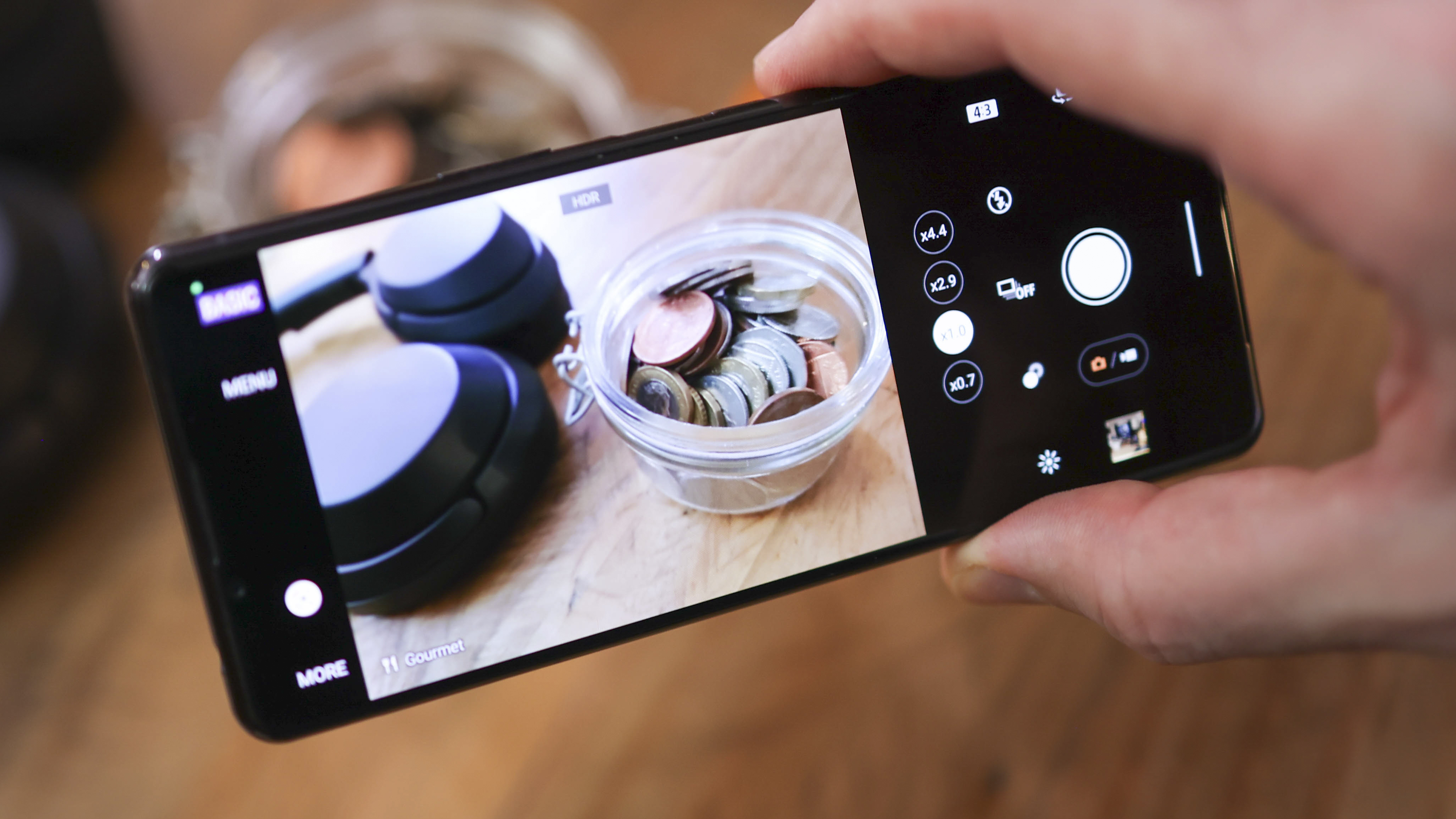
Each smartphone maker has its look, and while Apple and Google lean towards HDR-esque boosted shadows, Huawei ramps up contrast and Realme gets supernatural with its saturation, Sony’s photo processing is the most neutral and realistic.
Across lighting conditions, the main camera is the best of the three, delivering decent dynamic range and shadow detail. There’s no night mode, but it’s able to deliver realistically dark, low-noise blacks, and handles highlights well when shooting static subjects.
In bright environments, all three cameras perform well, however, the telephoto camera is noticeably softer than the primary or ultrawide. Close-up shots capture attractive soft-focus backgrounds, and subject detail is generally strong.
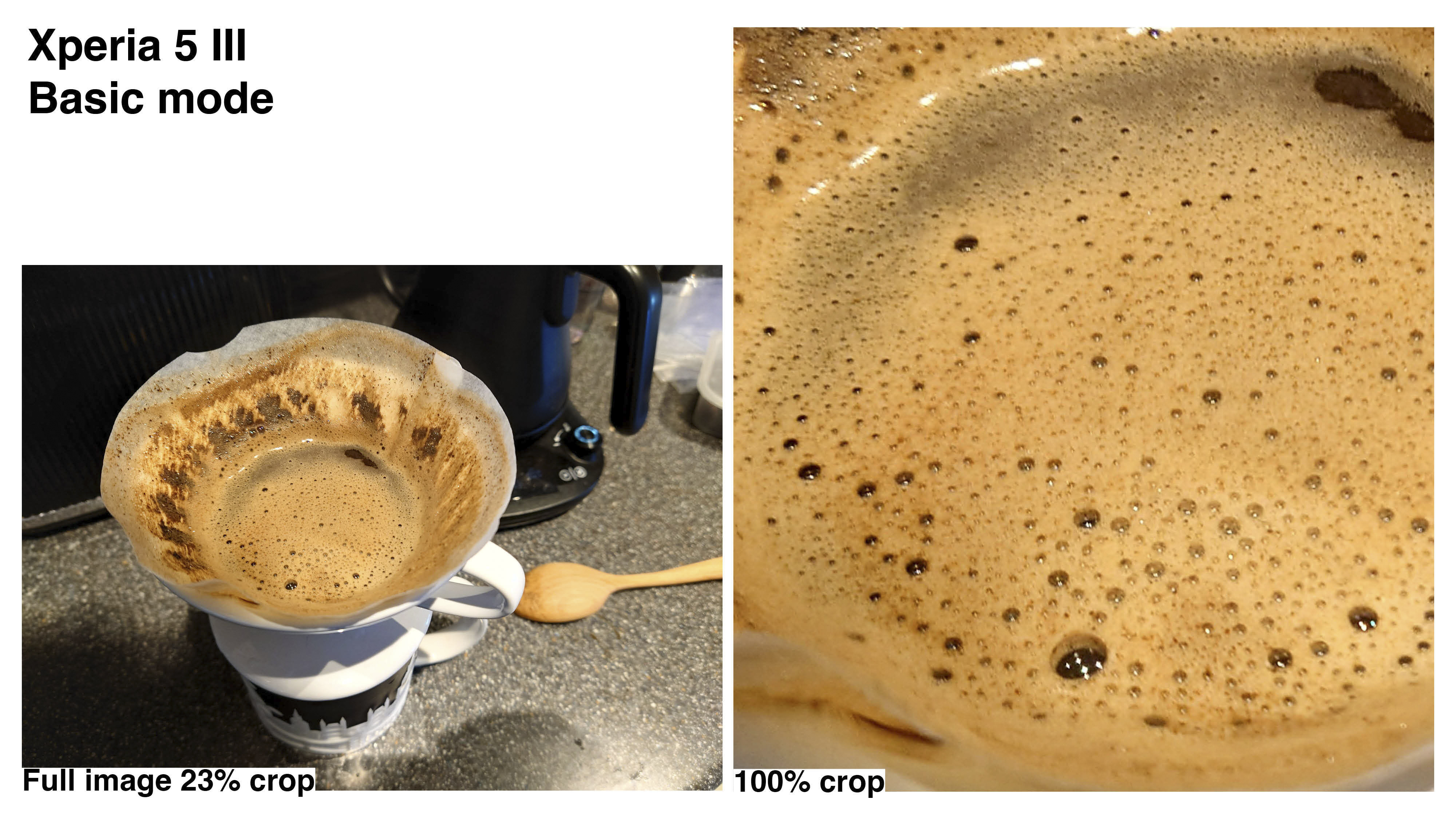
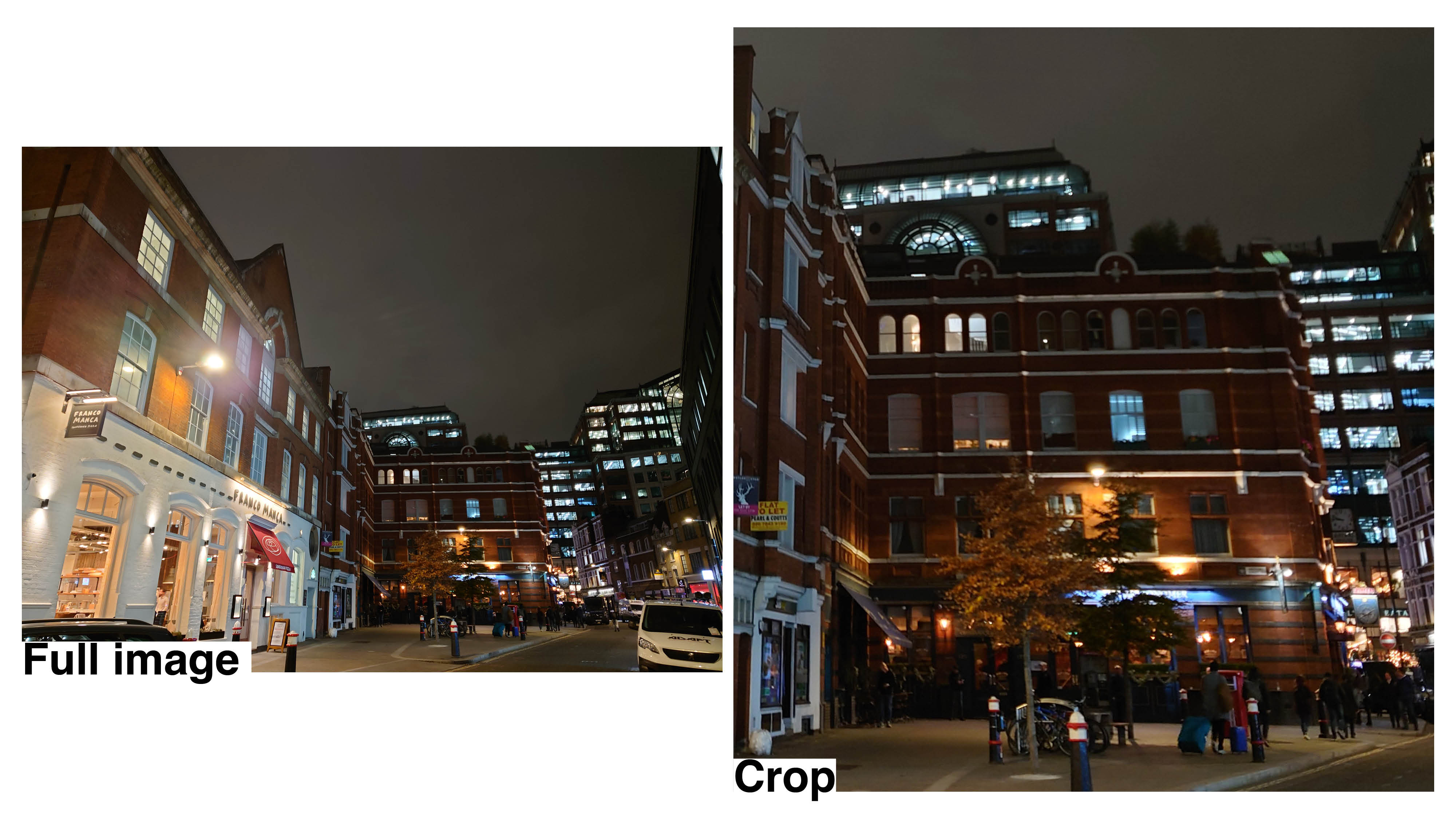
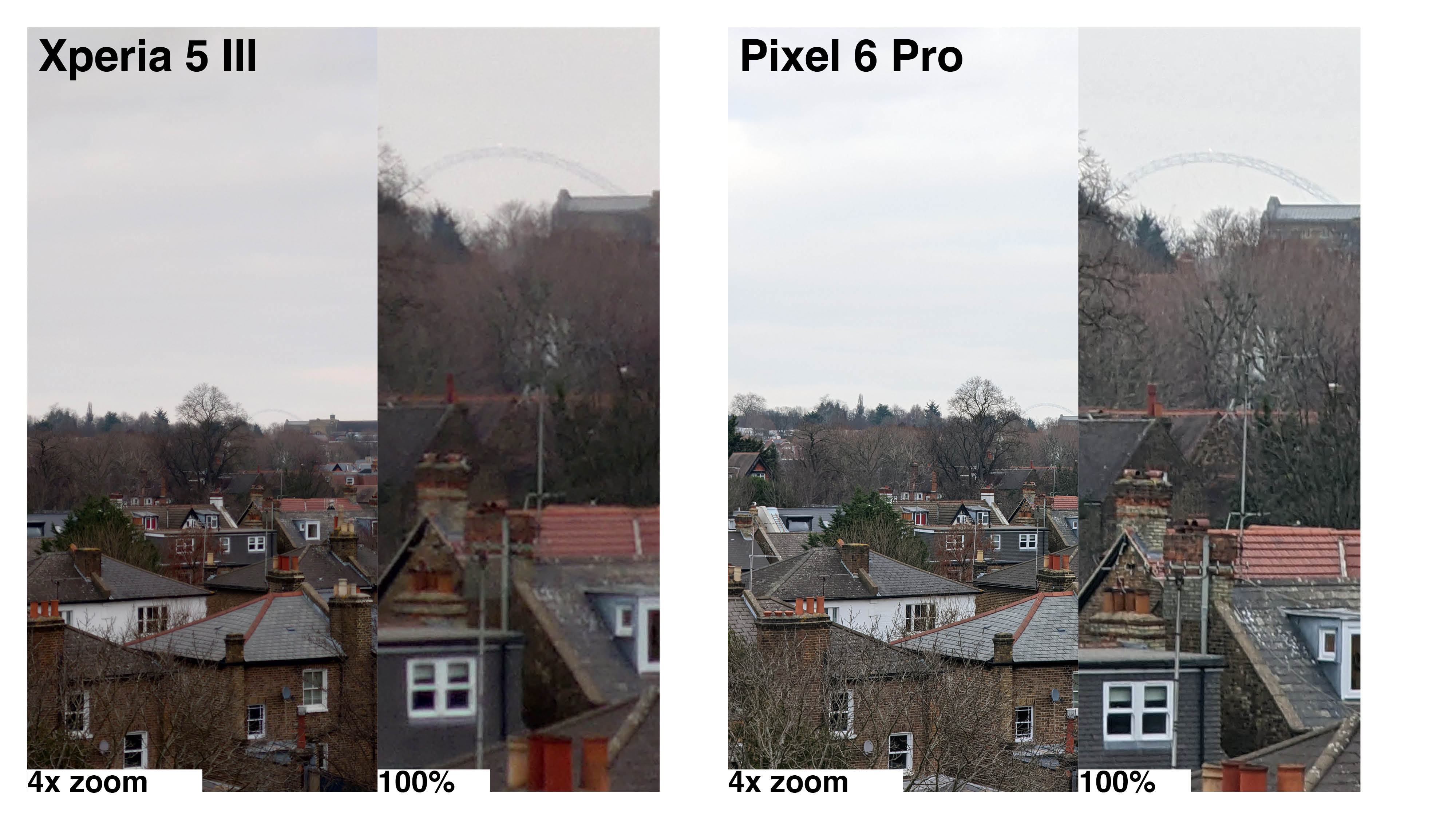
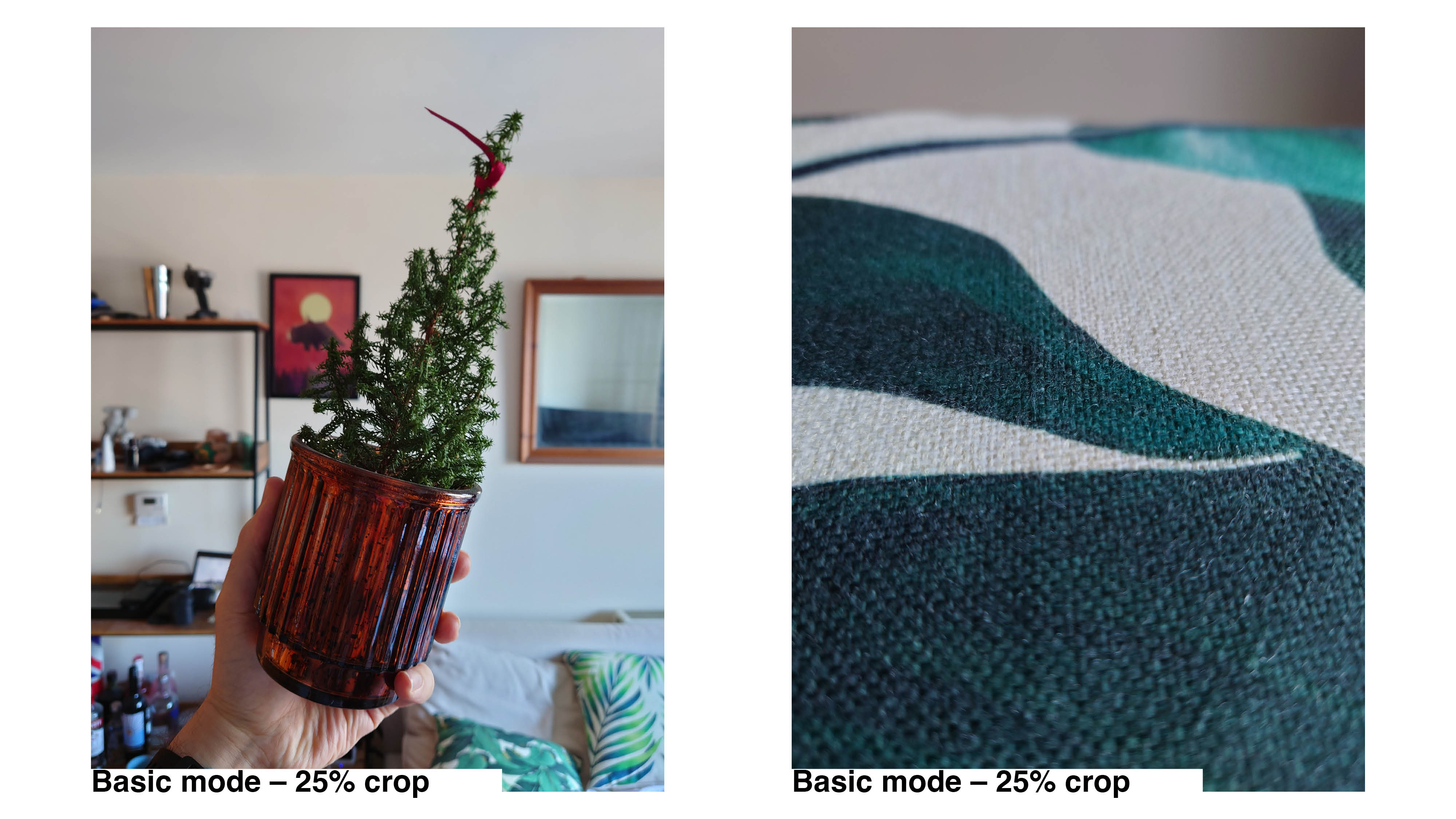
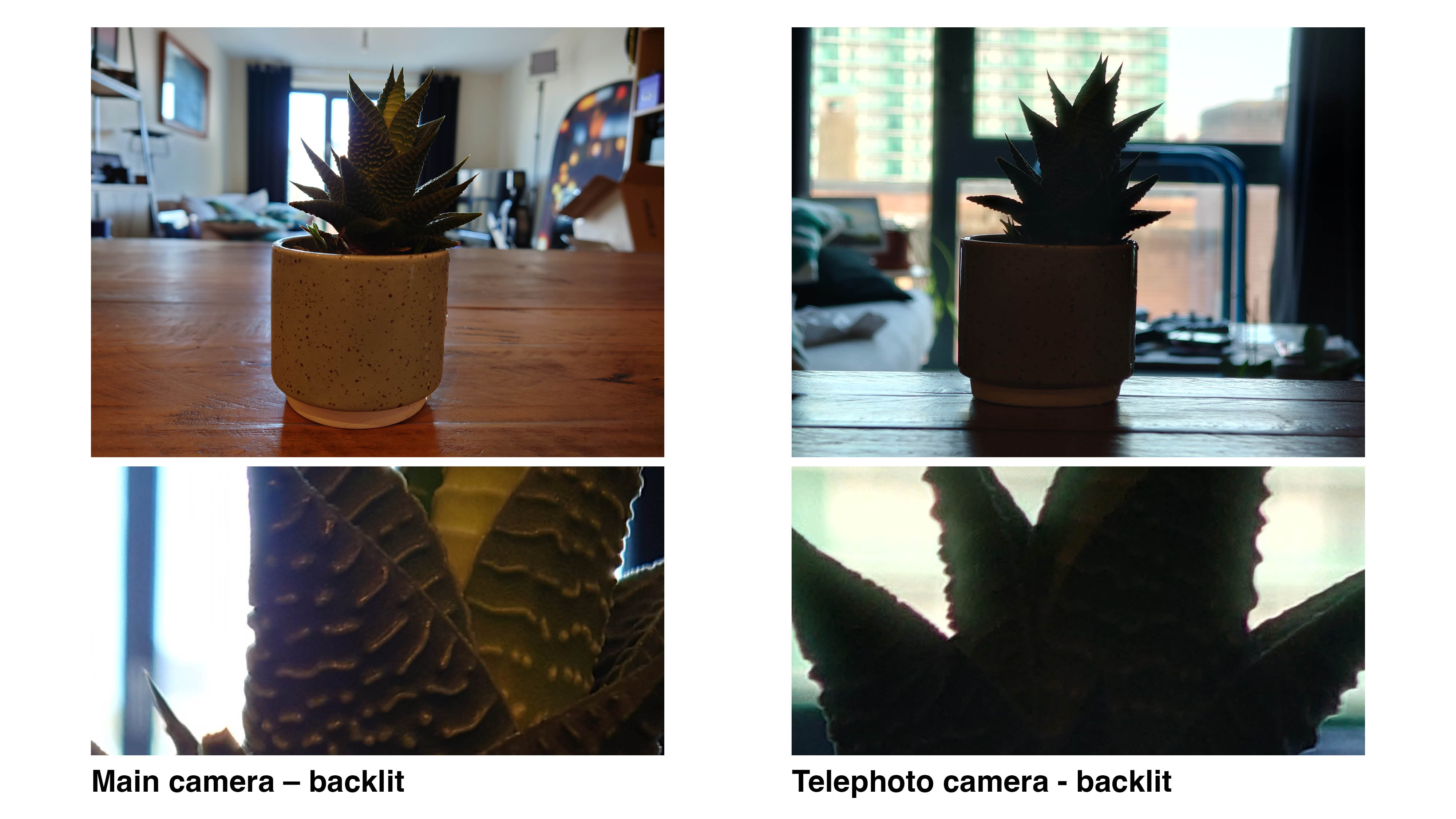
It’s also worth noting, if you want the best optical zoom at the Xperia 5 III’s price, the Pixel 6 Pro outperforms the Xperia in terms of clarity, even if it is less versatile with just one focal length.
Shadows don’t get boosted anywhere near as much by Sony’s processing as on competing phones like the Samsung Galaxy S21, or any Apple or Google phone, and photos also lack a degree of pop when compared to some competition. This should suit traditionalists, though might leave casual snappers a bit cold.
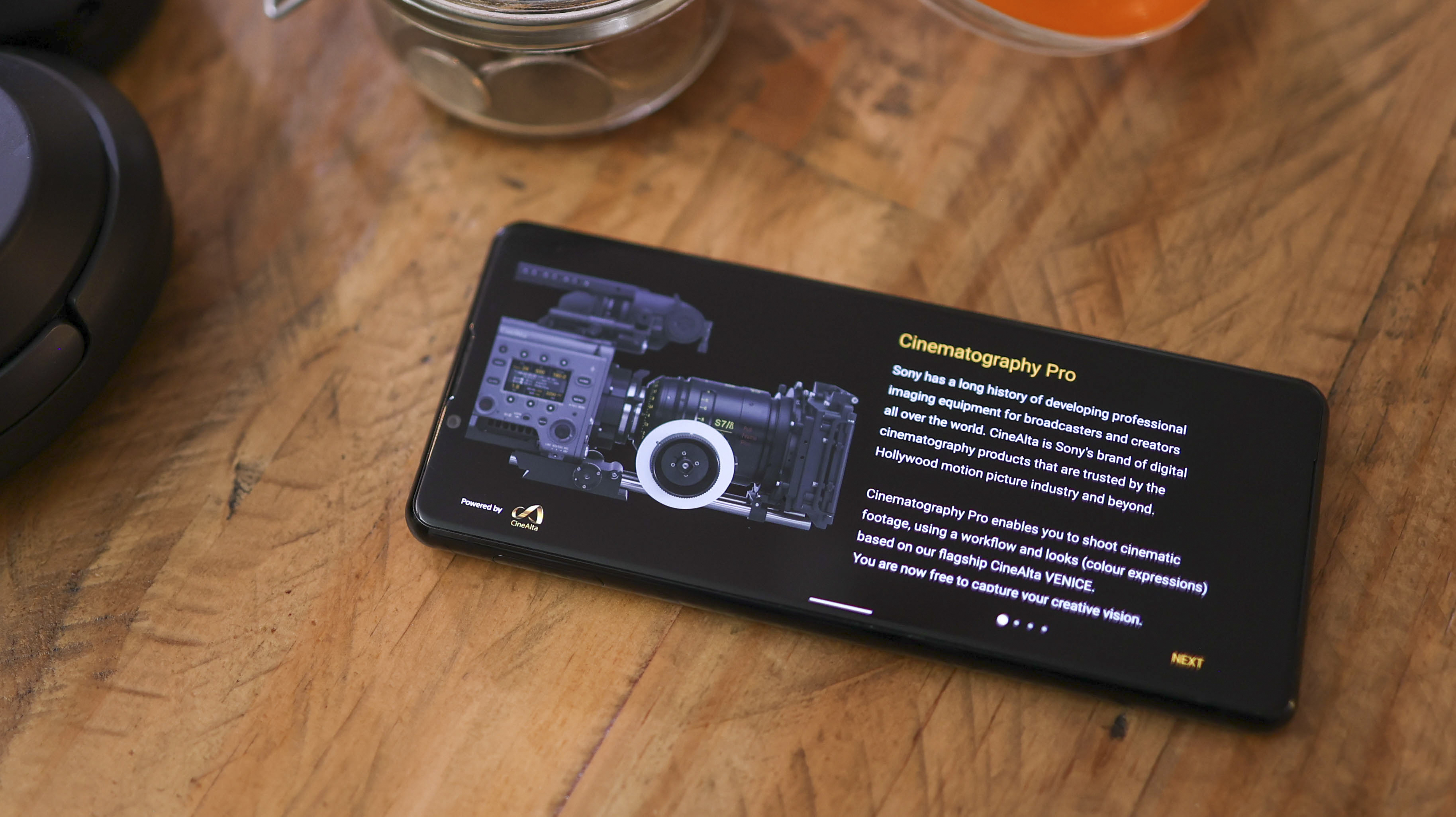
When it comes to video, the Xperia 5 III’s Basic mode is fine, shooting at up to 4K resolution at 30fps. In the Cinema Pro app however – a much more complicated interface, the frame rate can climb up to 120fps. Additionally, the phone's auto settings are really hesitant to ramp up exposure in video mode, and while that means grain is kept at bay, in dim scenes, you’ll end up with a black video which is worse than a grainy one. There are also a few usability issues when capturing video — no tap to focus mid-video for example.
This is a bit of a theme of the Xperia premium line-up in general. For pros, it’s great. If you know how to navigate the Cinema Pro app, then you’ll have supreme control over video. That said, novices could be out of their depth, and photography and videography can start to feel a bit overkill and fragmented across the two apps unless you know exactly what you’re doing.
Additional specs
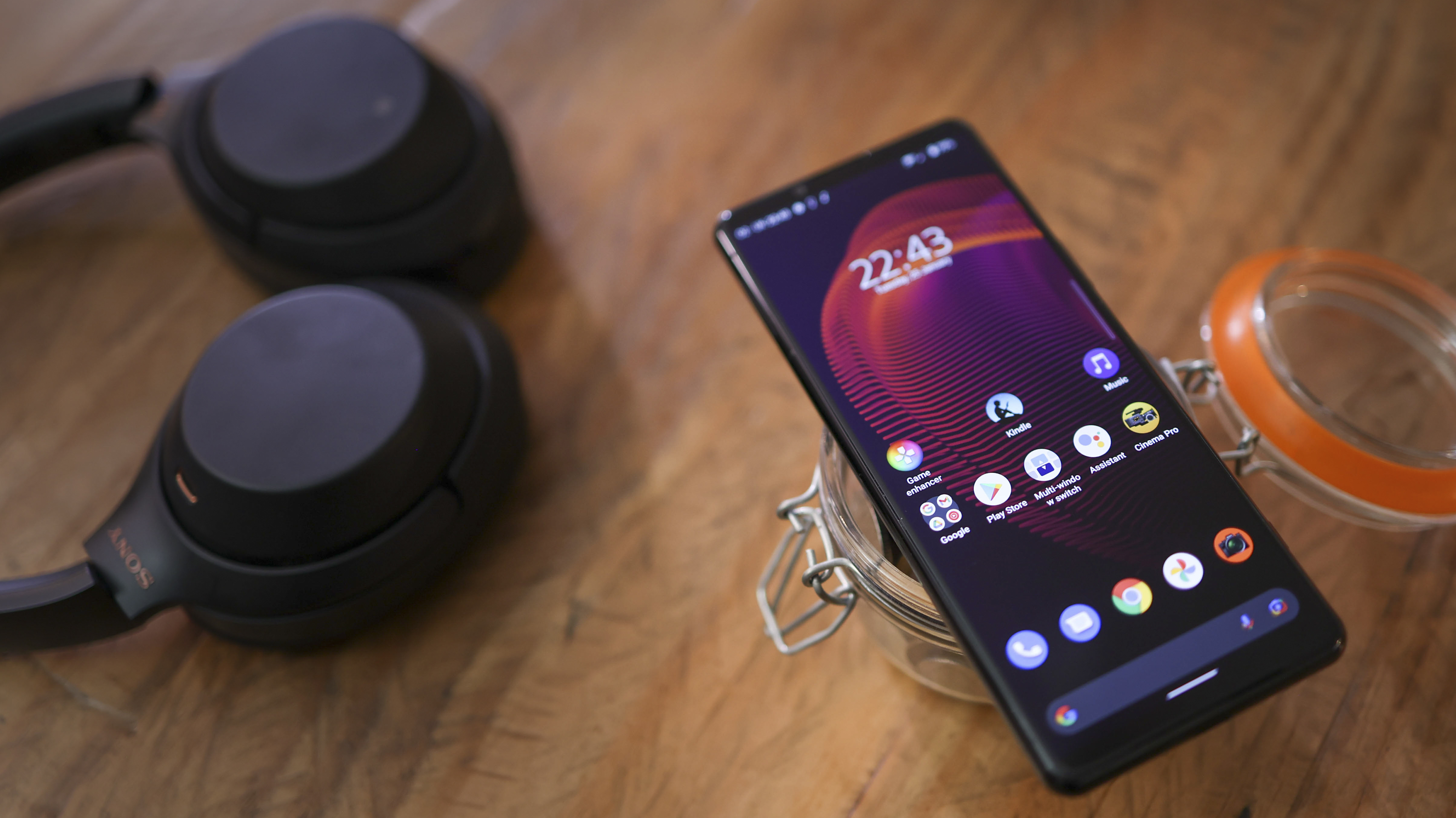
Powered by a Qualcomm Snapdragon 888 chipset, the Xperia 5 III tears through tasks. The most demanding games like Genshin Impact do get the phone warm after long bouts of 30 minutes or more. What really got the phone bordering on hot was streaming over 5G or tethering though.
Cloud gamers will be glad to know Stadia works with the Xperia 5 and the phone’s USB-C port supports video out, so you can enjoy console-grade big-screened gaming with a Dual Shock 4 controller and PS5 remote Play or Stadia. That said, thanks to its 21:9 aspect ratio, when connecting to a monitor or screen, expect heavy letterboxing.
The Xperia 5 III has recently been updated to Android 12, so the phone runs the latest version of Google’s mobile OS, complete with full Google Play Store support. Side Sense – the double tap menu on the right side of the screen – is back for quick shortcuts to favorite apps and functions, and Sony also loads up an improved Game Enhancer feature for simple in-game screen recording, notification control and display customization.
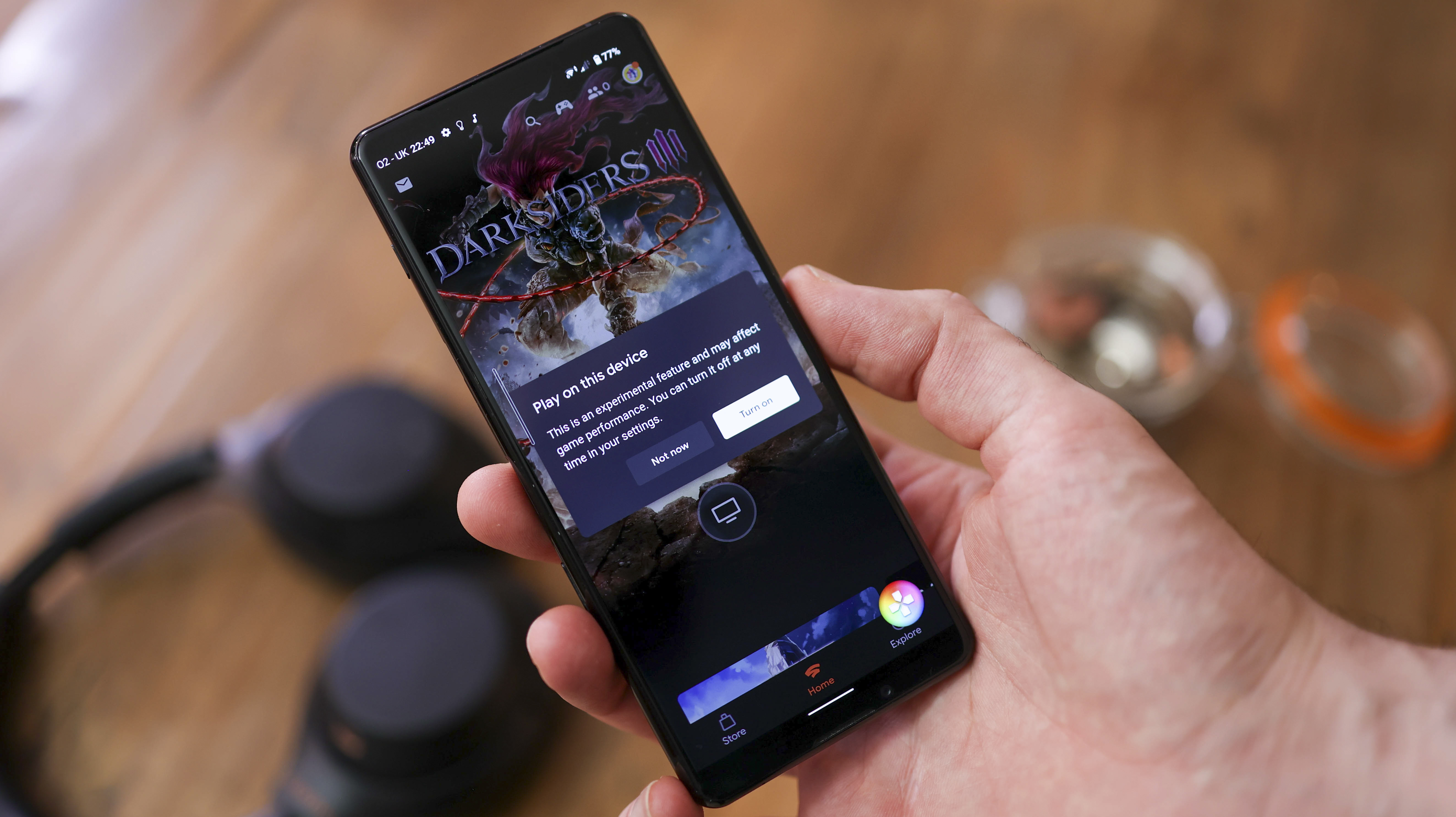
With 128GB storage and a microSD card slot matched with 8GB RAM, the phone’s on-par with many other phones in the same price bracket.
Rounding off, the phone’s 4500 mAh battery capacity matches that of the OPPO Find X3 Pro and the Xperia 1 III. By default, the screen’s 120Hz feature is off. This is to keep the phone cool and battery life optimal. Fire up the refresh rate and battery does drain noticeably faster, to the point the Xperia 5 III can fall short of full-day battery. At the default 60Hz, however, we found battery life to be reliably able to get us through from morning to night.
While Sony historically enjoys slow-charging its phones to preserve long-term battery life, the Xperia 5 III charges at up to 30W with the supplied charger. This speed can’t hold a candle to the fast and furious charging phones coming out of China, including the Infinix Concept Phone 2021, OnePlus’s 9 Pro and the Xiaomi Mi 11 Ultra. It’s also a shame Sony left out wireless charging on the Xperia 5 III, especially given the feature is available on most similarly priced competition.
Sony Xperia 5 III: Verdict
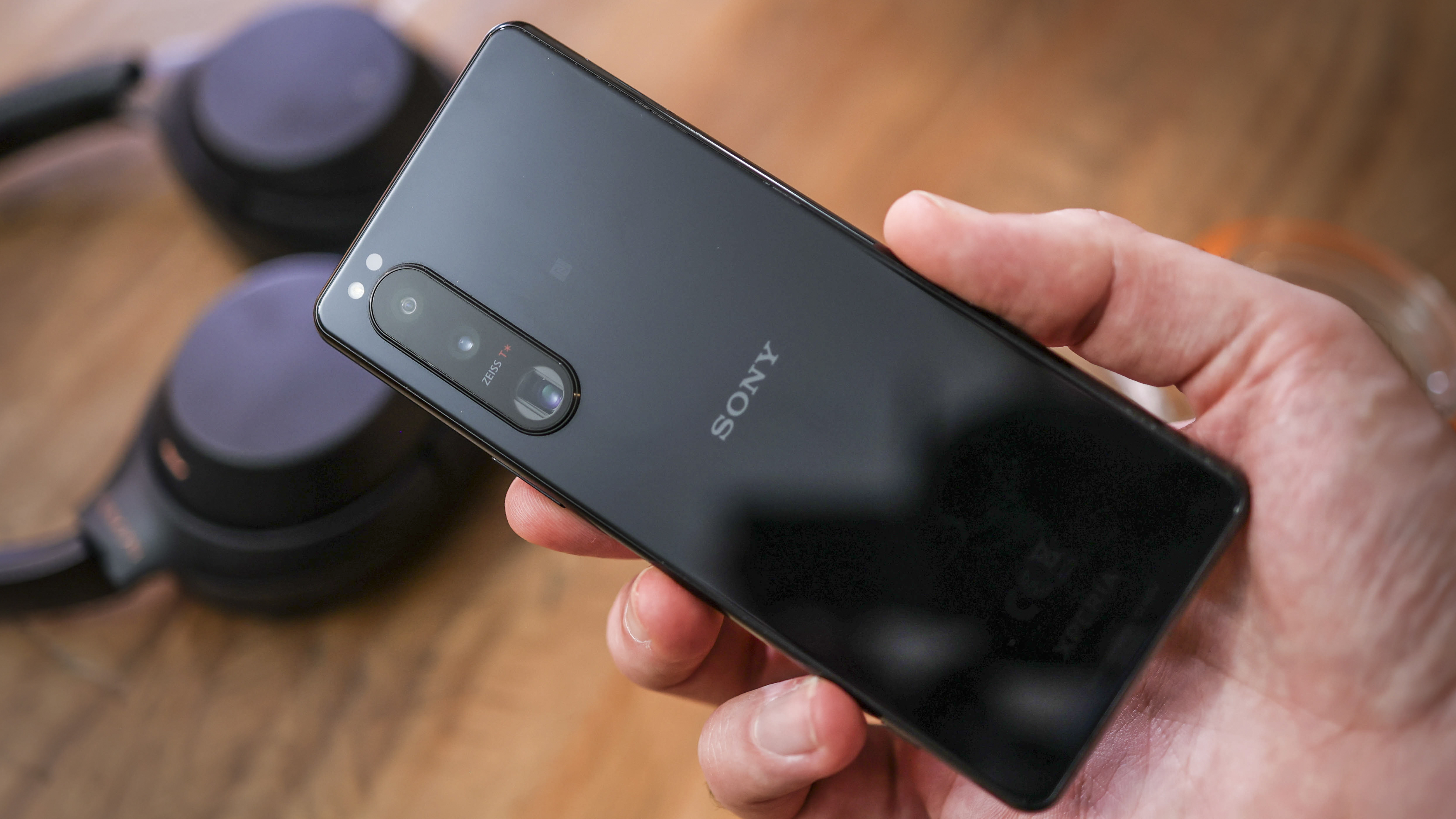
It’s great to see a compact phone with advanced imaging tech – Sony gives us a periscope camera with a variable focal length, and an across-the-board reliable camera system in a sleek, slender package.
Thanks to the Photography Pro camera UI, the range of manual modes and customizations, not to mention the familiar Sony interface, the Xperia 5 III is an excellent choice for photography purists and Sony fans.
The Xperia 5 III’s camera quirks won’t be for everyone though. Its photos aren’t always Instagram-ready in the way photos from an iPhone or Pixel are. Shadows are darker on the Xperia 5 III, colors less punchy, and difficult scenes aren’t always handled as well.
The phone also misses out on wireless charging, and the screen could be brighter. Despite its shortcomings though, anyone looking for the best compact camera phone around, the Sony Xperia 5 III checks a lot of boxes, and across-the-board, it delivers an enjoyable user experience without too many compromises.
Read more:
Best camera phones
Best budget phones
Best flip phones
Best dumbphones
Best rugged phones
Best phablet
Basil Kronfli is a freelance technology journalist, consultant, and content creator. He trained in graphic design and started his career at Canon Europe before moving into journalism. Basil is also experienced in video production, independently running the YouTube channel TechEdit, and during his time at Future, he worked alongside the Digital Camera World team as a senior video producer.
